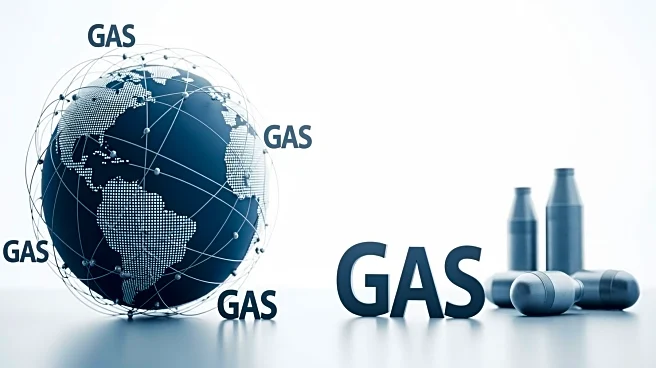What's Happening?
The European Union has implemented the Artificial Intelligence Act, establishing a comprehensive legal framework for AI technologies. This regulation, adopted in 2024, is set to influence global patent strategies, particularly for U.S. companies operating
in the EU market. The AI Act categorizes AI systems into minimal-risk, limited-risk, high-risk, and general-purpose models, imposing strict obligations on high-risk systems. These include mandatory conformity assessments and detailed technical documentation requirements. The Act's provisions, which will be fully effective by August 2026, necessitate companies to disclose technical details that could impact patent filings. This creates a need for strategic alignment between patent and compliance teams to ensure that regulatory submissions do not compromise patent rights.
Why It's Important?
The AI Act's implications are significant for U.S. companies seeking to protect their innovations in the EU market. The requirement to disclose technical details before patent applications could lead to public disclosures that jeopardize novelty and erode patent rights. This necessitates a proactive approach to patent strategy, where filings must precede regulatory submissions. The Act also challenges the viability of trade secret protection, as mandatory disclosures may erode confidentiality. Consequently, companies may need to shift towards patenting technologies that cannot be maintained as trade secrets. The AI Act reshapes the infrastructure of innovation protection, requiring U.S. companies to adopt regulatory-informed and jurisdictionally sensitive patent strategies.
What's Next?
U.S. companies must integrate patent counsel into compliance planning to navigate the AI Act's requirements effectively. Early filing in Europe is crucial to preserve patent rights before disclosure obligations take effect. Companies should consider mixed protection models, using patents where disclosure is mandatory and trade secrets where secrecy can be maintained. Drafting dual claim sets to reflect EU-constrained and U.S.-flexible configurations will be essential. Additionally, auditing existing patent portfolios for EU exposure can help pre-empt conflicts with AI Act compliance requirements. These strategic considerations will be vital for building strong and enforceable patent portfolios in the post-AI Act environment.
Beyond the Headlines
The AI Act introduces unique risks for U.S. companies' patent portfolios with exposure to the EU market. The regulation's documentation requirements create structured evidentiary trails that can help distinguish human inventive contributions from AI-assisted outputs, reinforcing patent validity. However, the shift towards mandatory disclosures may reduce the viability of trade secret protection, altering the calculus for IP strategy. Companies must adapt to these changes by aligning patent strategies with regulatory obligations to safeguard their innovations effectively.















